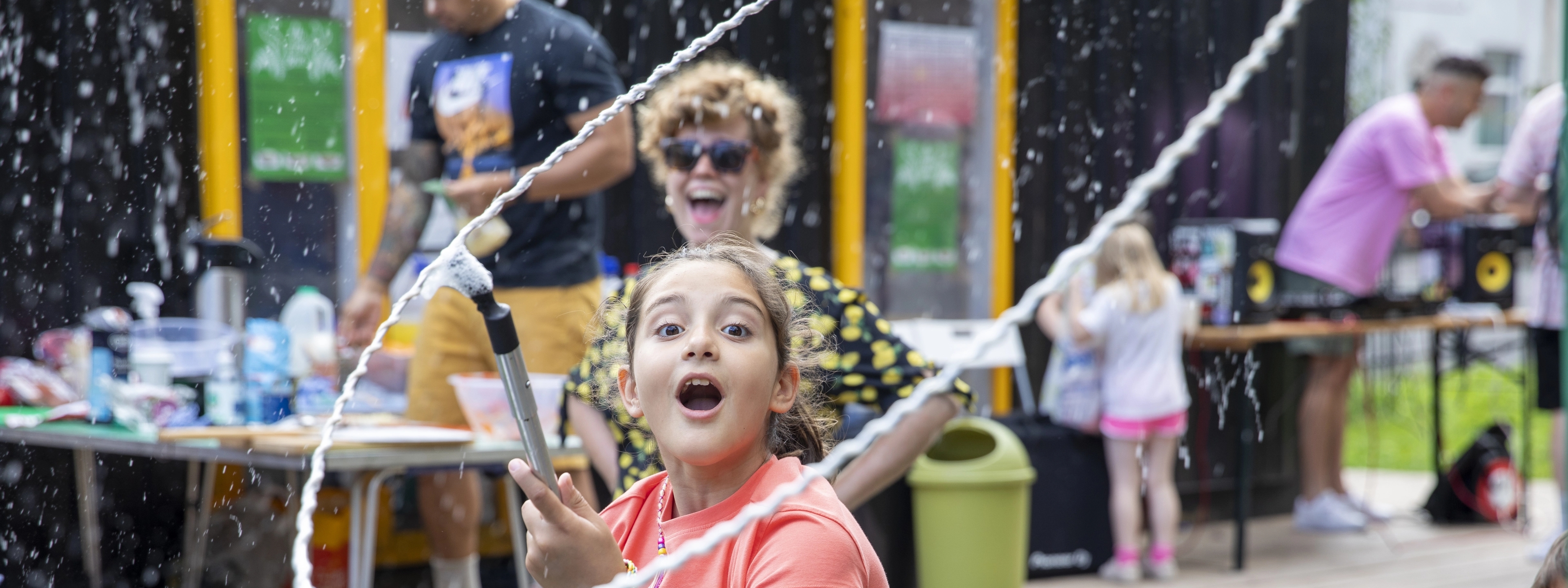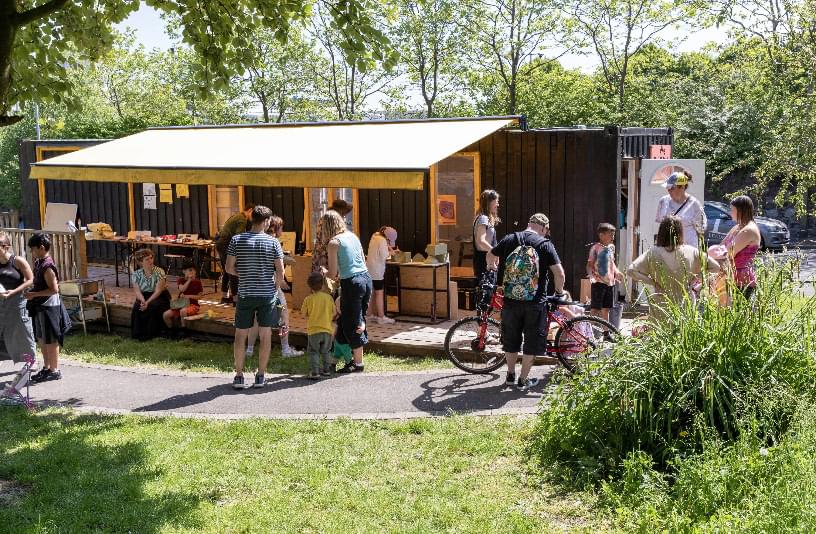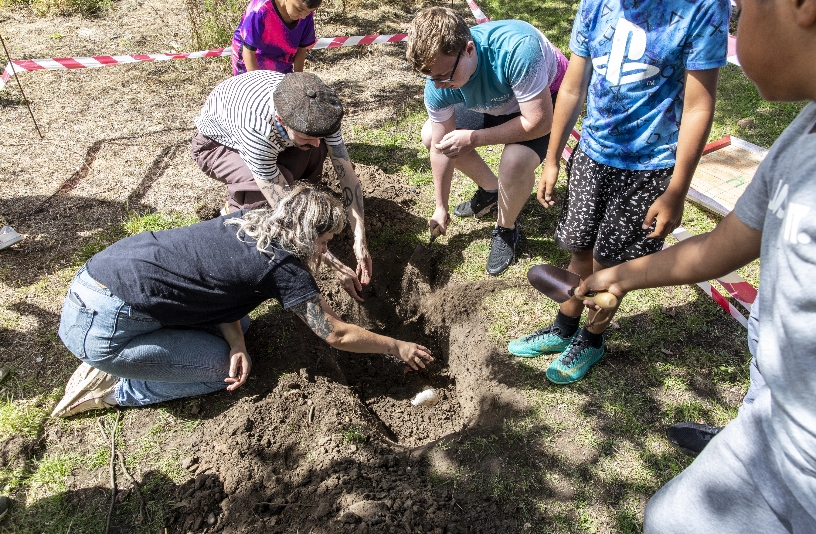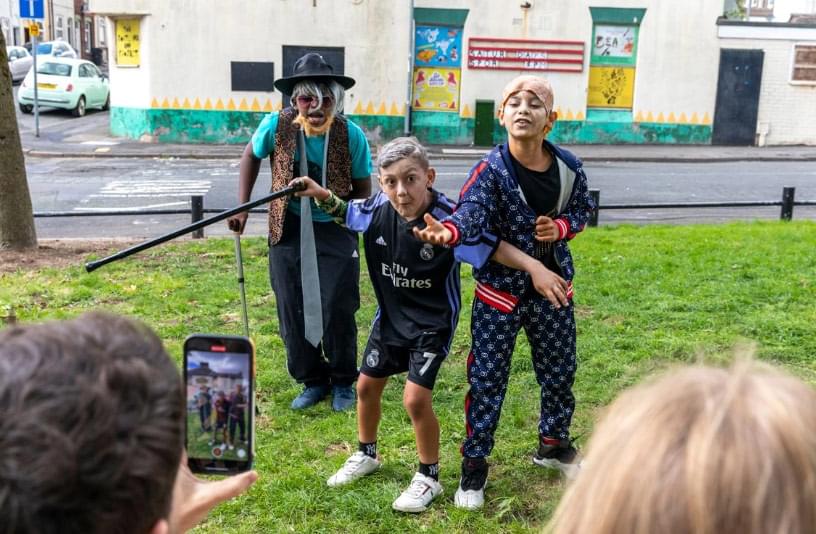Hopes
In the face of social and environmental injustice it can feel difficult to feel positive. We know that for communities to feel empowered to act, hope is a necessity.
It is important to dream, and consider the ways in which each contribution from the community can help towards making this dream a reality. Hopes for a vision for the future can vary in scale, and here we create space for thinking about what this could look like.
At The Portland Inn Project we now recognise that a lot of the challenges and concerns faced by our community are social and environmental justice issues. We are working together with our community to aim to acknowledge the role of extractive approaches to our planet which cause climate change, and aiming to understand more about how this unequally affects minoritised groups, migrants, and Indigenous communities; who face a disproportionate burden of illness and mortality.
We see our 100 year plan as a pathway to regenerative practice for our neighbourhood and our planet, and the collective action of communities like ours are what can bring hope in the face of global challenges.
Discussion Conversation Starters
What would your dream landscape look like?
Are there areas that need to be changed?
Are there areas that need to be rethought?
What would the neighbourhood look like in 100 years if we are successful?
Activity Plan
Suggested Timeframe: Set aside an hour
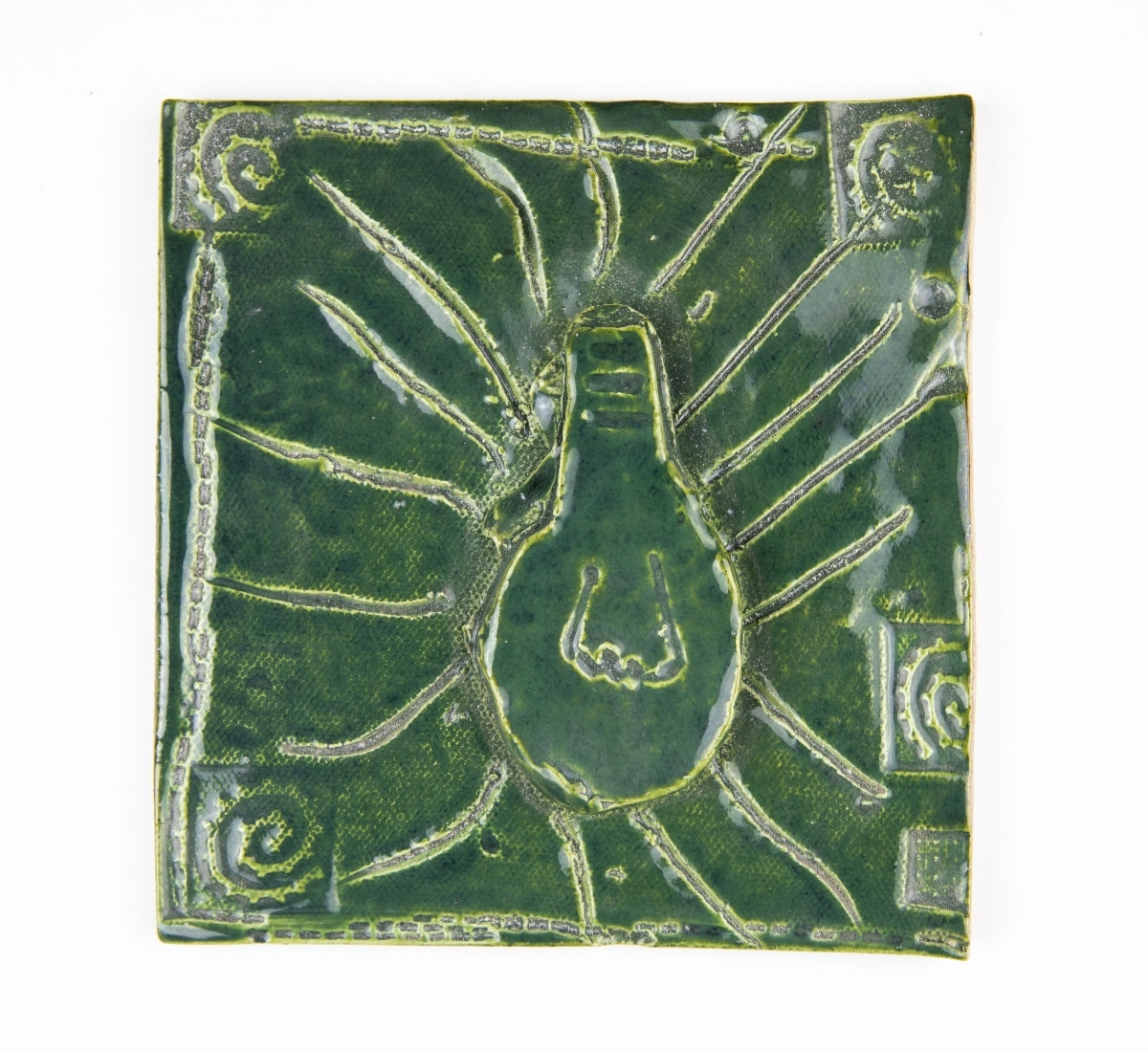
Resources:
Creative making materials: either paper pens/crayons/pencils or clay and a selection of clay tools.
Beginning and Ending your session:
Give a brief introduction about the session, and what will be covered. Ask everyone to very briefly introduce themselves and their connection to the neighbourhood/area/project. At the end of the session, ask everyone to give feedback on one thing they enjoyed and one thing to improve for next time (you can ask people to write this on a post it, or use another method to record their answers.)
Drawing or Sculpting:
Let’s create our dream landscape: whether we are starting here, or overlaying our changes to the landscape created in the Roots tool, let’s begin designing our dream landscape. What features does our landscape have, how do things look, and how do they feel, what sort of activity happens here? Are there any visible changes, make them using paper overlays, or sculpt them in clay if using clay or other materials for your landscape.
Recording:
If you have one person leading the creative activity, it is also important to have one person keeping a record of the discussion and what is covered, making notes and recording the outcome of the session visually and in note form, ensure all participants are aware that this is happening, and why.
Follow on activity:
To help in developing a shared way of working together: Mission, Vision and Values.
What else do we need to consider when making our 100 year plan, are we all clear on what we are working towards, and how we are going to get there?
Let’s discuss what would be included in a shared mission and vision for the neighbourhood. Let us agree on a set of values to work together by. How do we want to operate, what rules and ethics are important? How about using the World Cafe method to define your mission, vision and values?
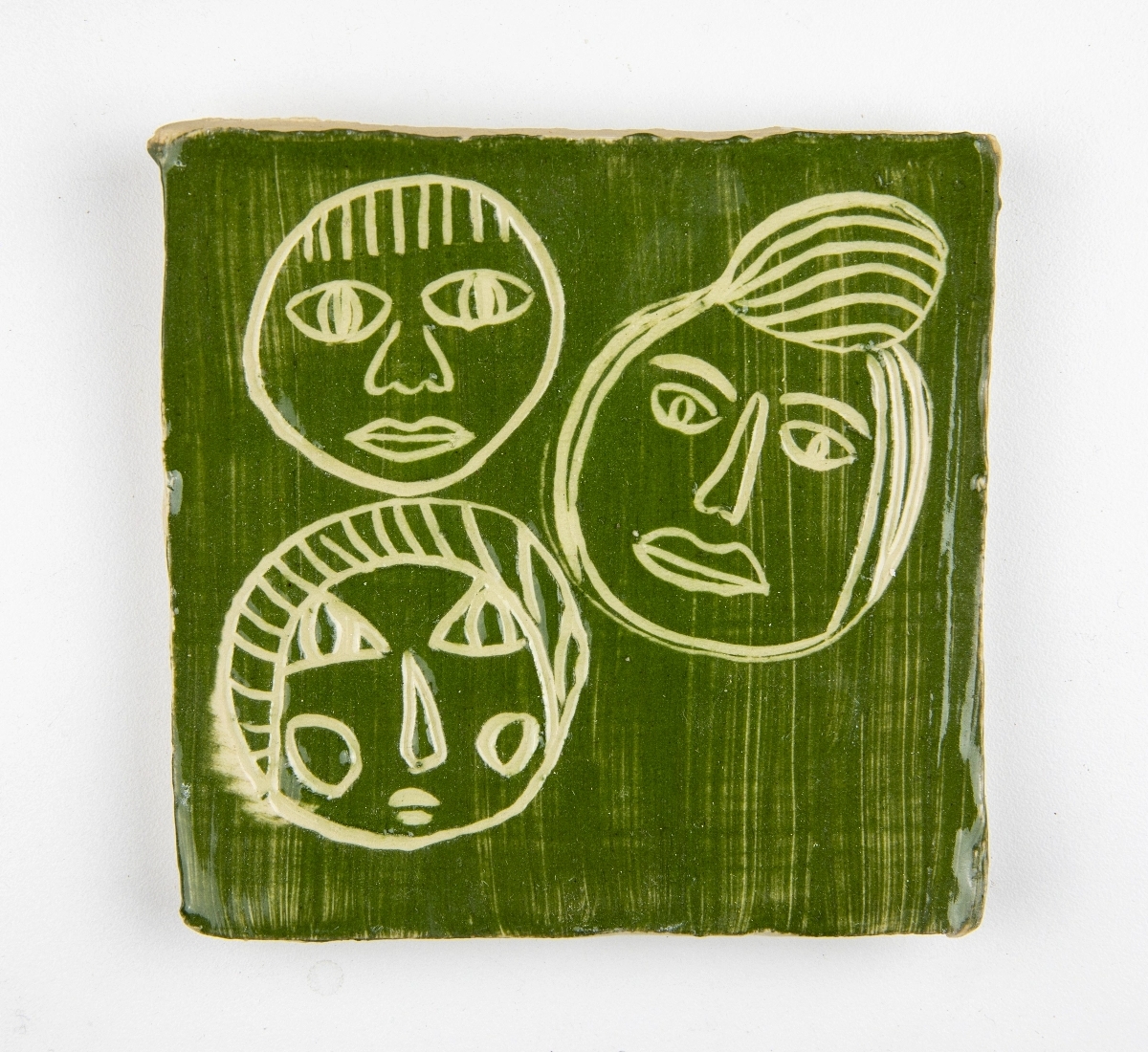
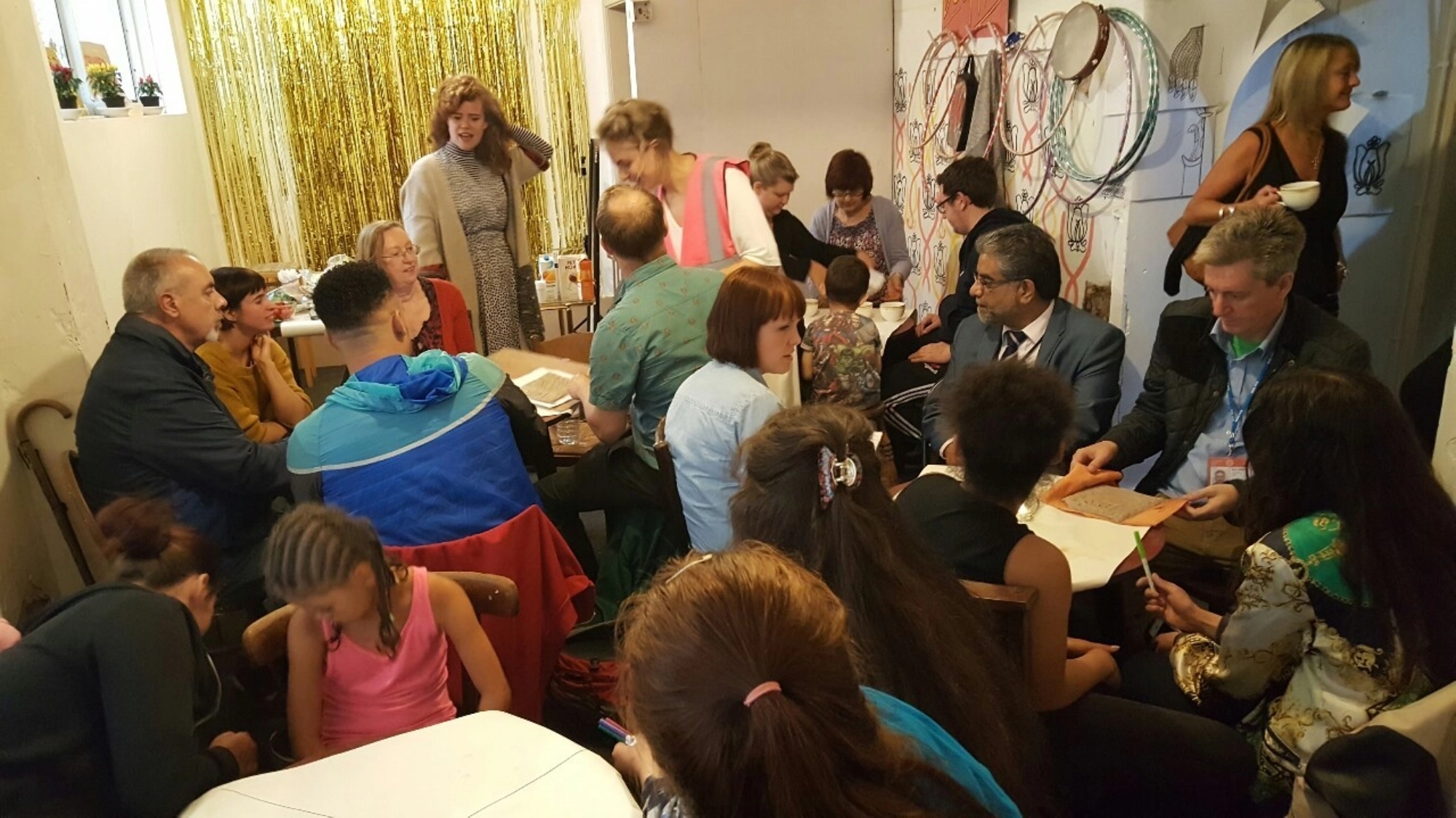



PIP example: World Cafe
Sometimes it can be useful to explore what you need to do creatively, in order to understand the task at hand. Back in 2017 Anna and Rebecca went to the Scottish Sculpture Workshop, and spent time thinking about how our community could define our mission, vision and values.
Mission, Vision and Values
Sometimes it can be useful to explore what you need to do creatively, in order to understand the task at hand. Back in 2017 Anna and Rebecca went to the Scottish Sculpture Workshop, and spent time thinking about how our community could define our mission, vision and values.
